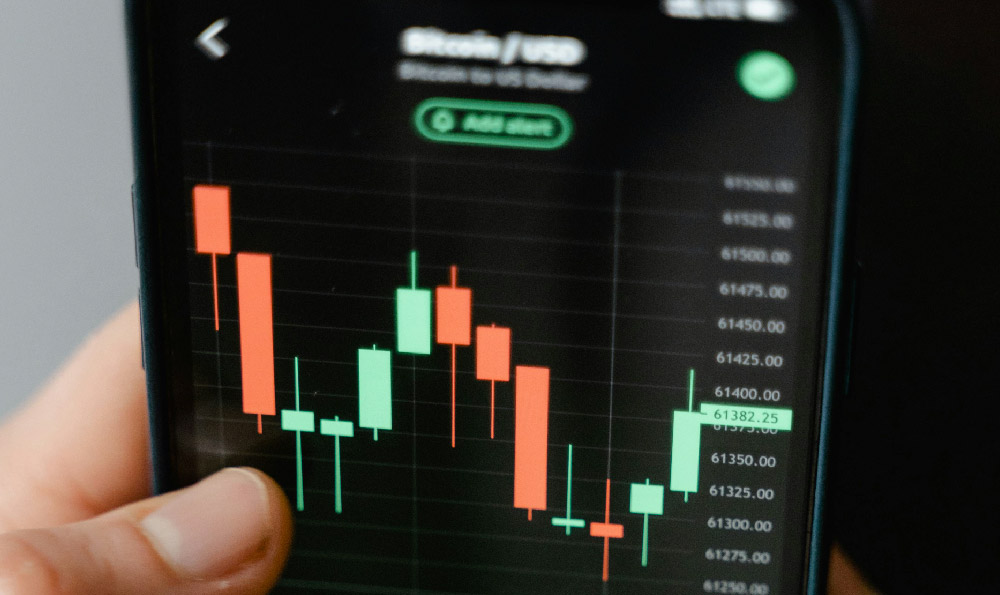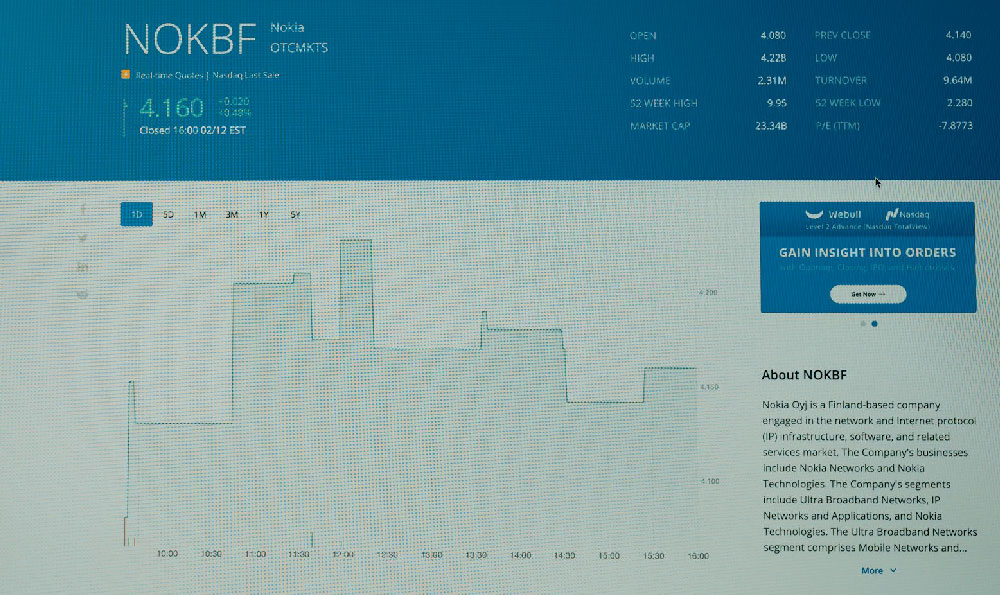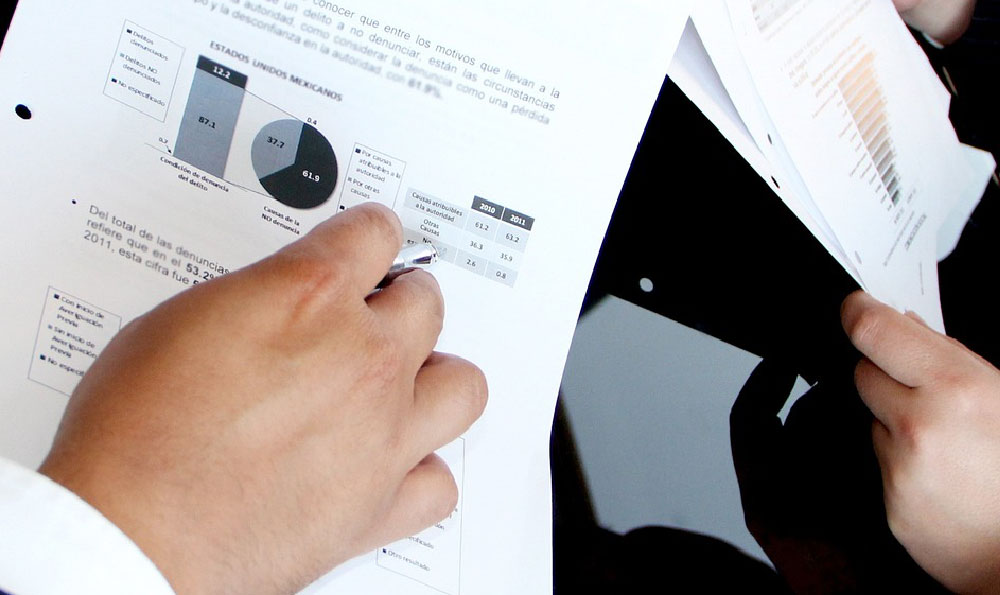How do gas stations make money? And is it just from gasoline?

Alright, let's dive into the fascinating, and often misunderstood, economics of gas stations. Many assume their primary revenue driver is gasoline sales. While gasoline is undeniably a major component, it's just one piece of a much larger and more complex financial puzzle. To truly understand how gas stations generate profits, we need to examine their diverse income streams and operational strategies.
The most obvious source of income, gasoline sales, is often where the smallest profit margins reside. The price of gasoline is heavily influenced by global oil prices, refining costs, distribution expenses, and local competition. Gas stations are essentially price takers, meaning they have limited control over the price they can charge. Fluctuations in oil prices can significantly impact profitability. When prices rise rapidly, gas stations may struggle to adjust their prices quickly enough to maintain their margins, especially when battling nearby competitors vying for customers. In many cases, the profit margin on a gallon of gasoline can be surprisingly thin, sometimes just a few cents.
However, gasoline serves a crucial purpose: it draws customers to the station. This foot traffic is the lifeblood of other, more profitable ventures within the business. Think of gasoline as the loss leader, an item sold at a low profit (or even at a loss) to attract customers who will then purchase other higher-margin goods and services.

The convenience store attached to most gas stations is where a significant portion of the profit lies. Inside, you'll find a plethora of items: snacks, drinks (soda, coffee, energy drinks), tobacco products, lottery tickets, over-the-counter medications, car accessories, and even basic grocery items. These items, generally classified as impulse buys, carry significantly higher profit margins than gasoline. A candy bar, a bag of chips, or a bottle of soda can contribute substantially more to the bottom line than the equivalent revenue from gasoline sales. The key here is convenience and impulse. Customers stopping for gas are often on the go, and the convenience of grabbing a quick snack or drink is highly valued. The gas station caters to this need, marking up the price accordingly.
Beyond the retail section, many gas stations also generate revenue from other services. Car washes are a common and profitable addition. The investment in equipment can be substantial, but the recurring revenue from car washes, especially those offering various levels of service from basic wash to full detailing, can significantly boost overall profitability. Similarly, air and water services, even if offered for free or at a nominal cost, can indirectly contribute to revenue by attracting customers who then purchase other items.
Some gas stations also operate repair shops or partner with local mechanics. While the station itself may not directly handle the repairs, renting space to a mechanic or providing referral services can generate a steady stream of income. Furthermore, certain gas stations are part of larger chains or franchises, which may offer additional revenue-sharing opportunities or access to exclusive product lines.
Another crucial aspect of gas station profitability lies in inventory management and operational efficiency. Minimizing waste, optimizing staffing levels, and negotiating favorable terms with suppliers are all critical to maximizing profit margins. Implementing point-of-sale (POS) systems to track sales, monitor inventory levels, and analyze customer behavior can provide valuable insights for optimizing pricing and product selection. These systems help gas stations understand which items are selling well, which are not, and when demand is highest, allowing them to adjust their offerings accordingly.
Location plays a pivotal role in the success of a gas station. Stations located on busy intersections, near highways, or in densely populated areas typically experience higher traffic volume, translating into greater sales potential. The visibility of the station, ease of access, and the presence of complementary businesses nearby (such as restaurants or shopping centers) can all influence customer traffic.
Furthermore, the competitive landscape significantly affects pricing strategies and profitability. Gas stations in areas with intense competition may need to lower their gasoline prices to attract customers, even if it means sacrificing profit margins. In such cases, they may rely more heavily on convenience store sales and other services to compensate. Understanding the local market, monitoring competitor pricing, and differentiating themselves through exceptional customer service or unique offerings are crucial for survival in a competitive environment.
Finally, it's worth noting that the payment methods used by customers can also impact profitability. Credit card processing fees can eat into profit margins, especially on low-margin items like gasoline. Encouraging customers to pay with cash or debit cards can help reduce these fees. Loyalty programs, offering discounts or rewards to frequent customers, can also boost sales and build customer loyalty.
In conclusion, the financial model of a gas station is far more nuanced than simply selling gasoline. While gasoline is essential for attracting customers, the real profits lie in the convenience store sales, car washes, repair services, and efficient operational management. A successful gas station operator understands the importance of balancing price competitiveness with profitability, leveraging diverse income streams, and catering to the needs and preferences of their local market. The key is not just about selling fuel; it's about providing a convenient and comprehensive service that meets the needs of drivers on the go.













